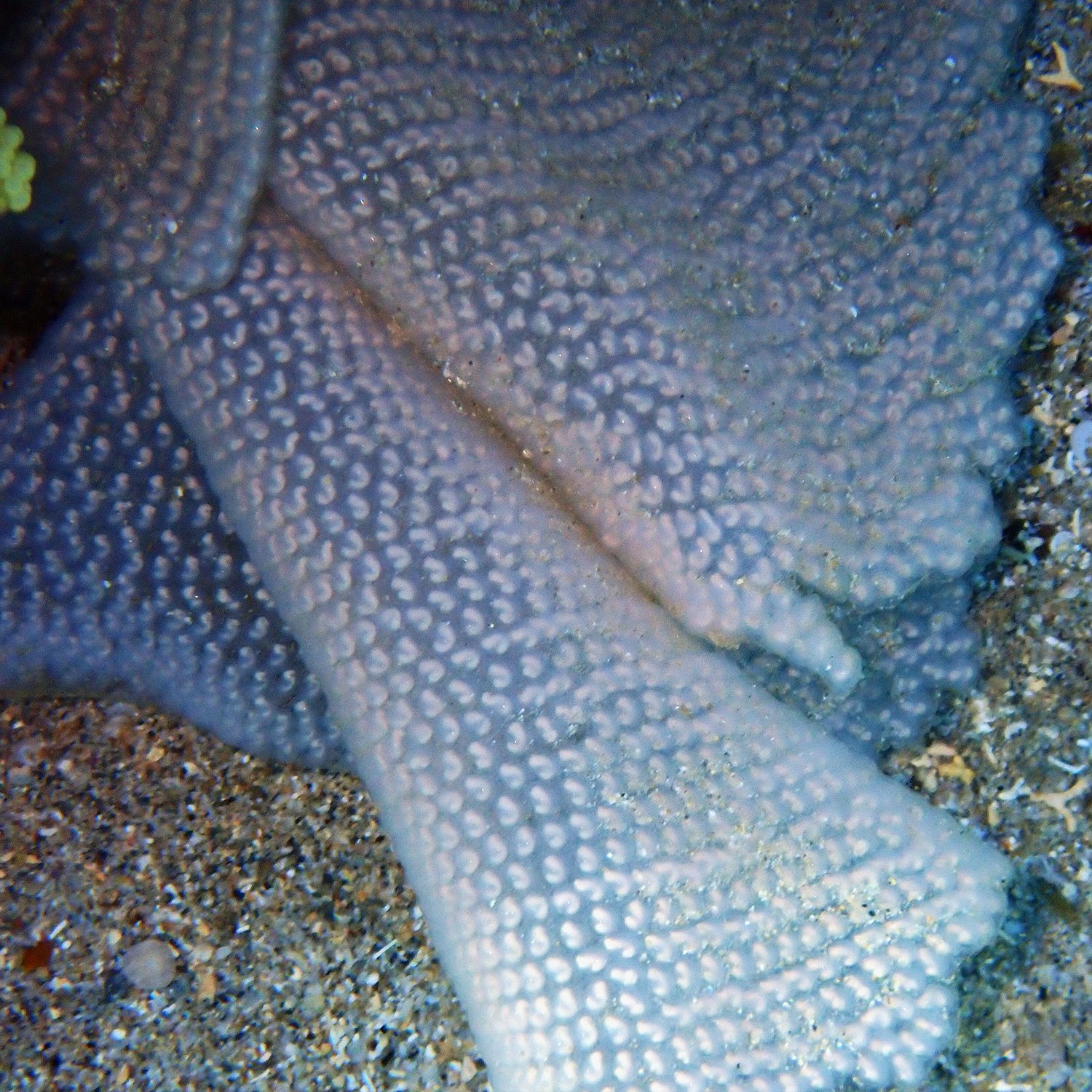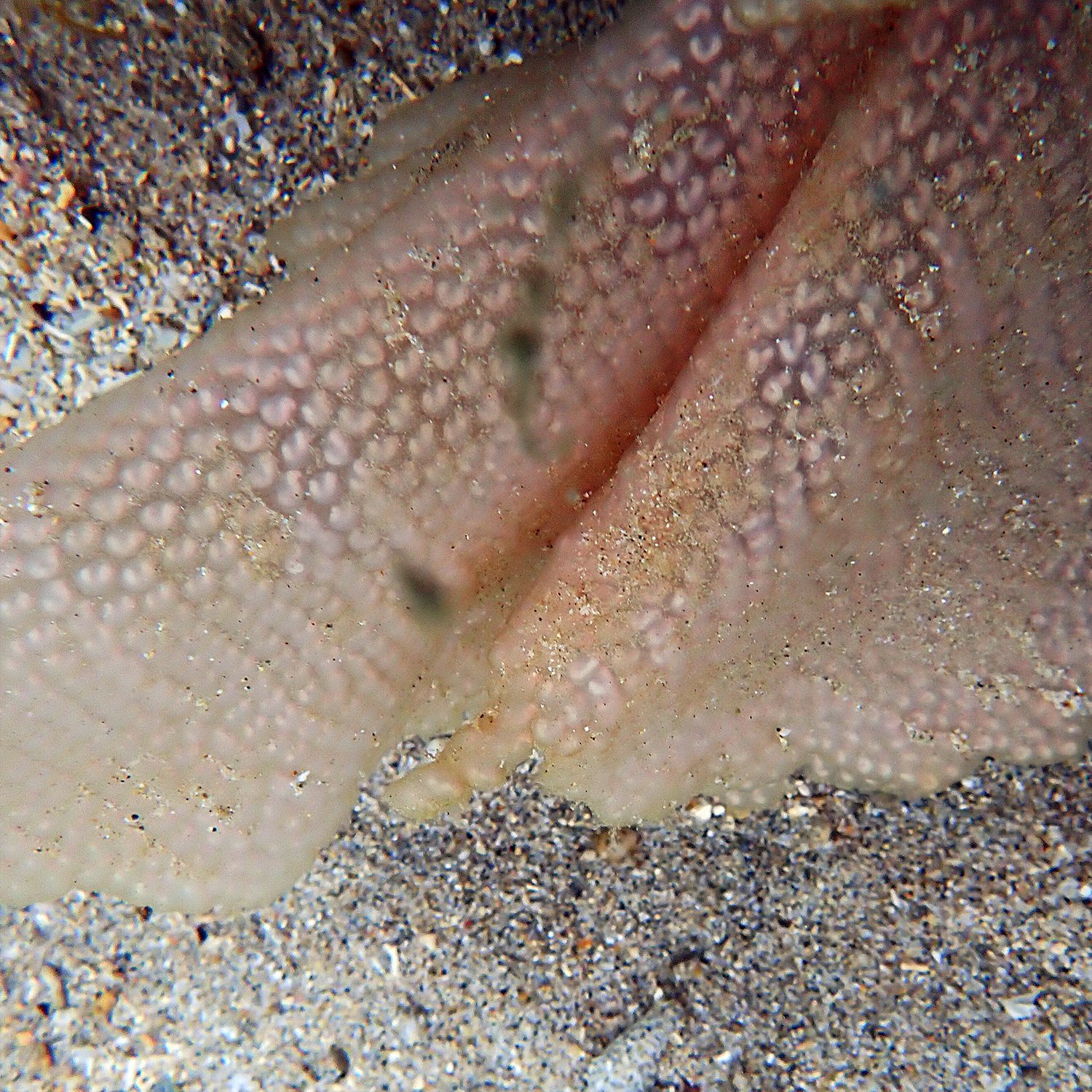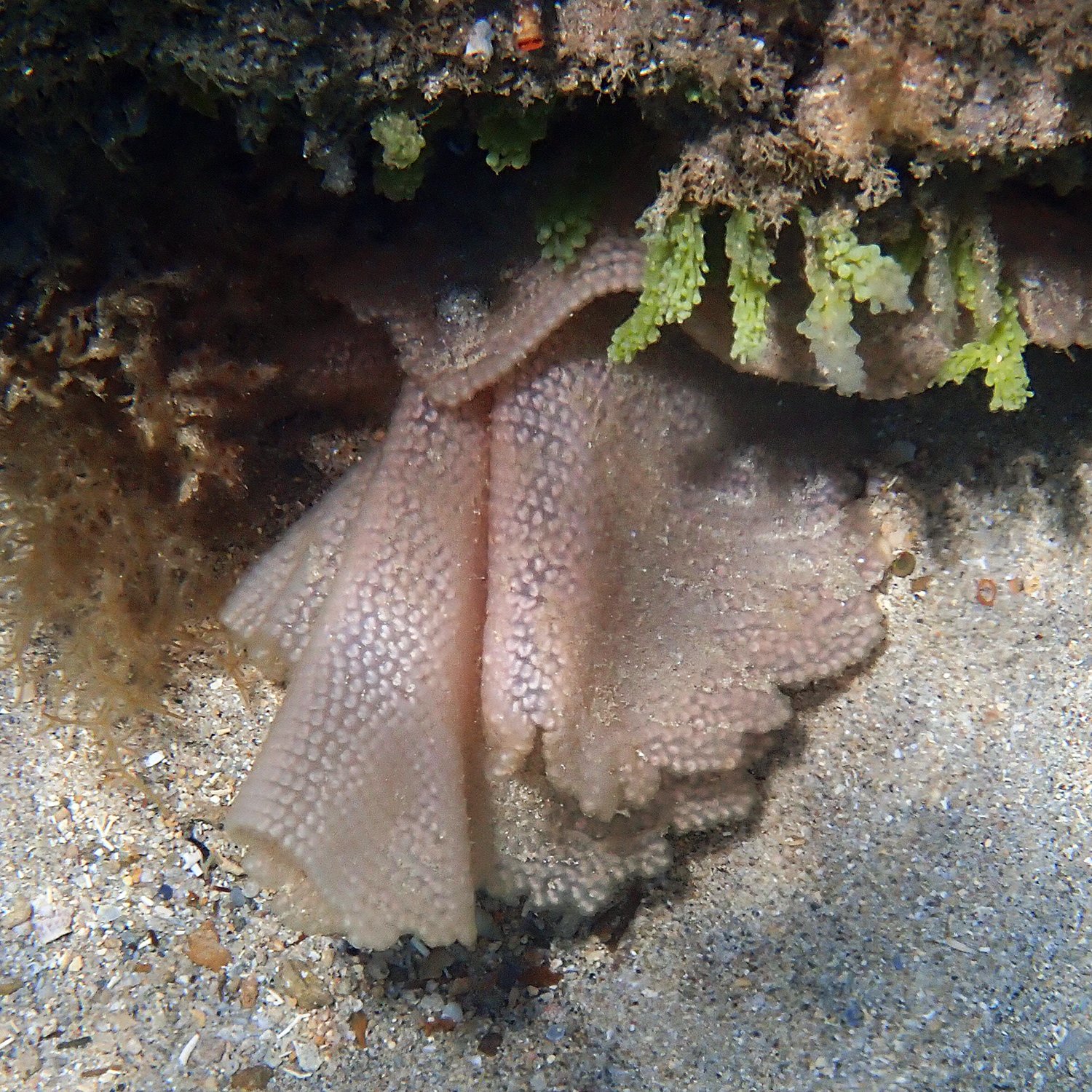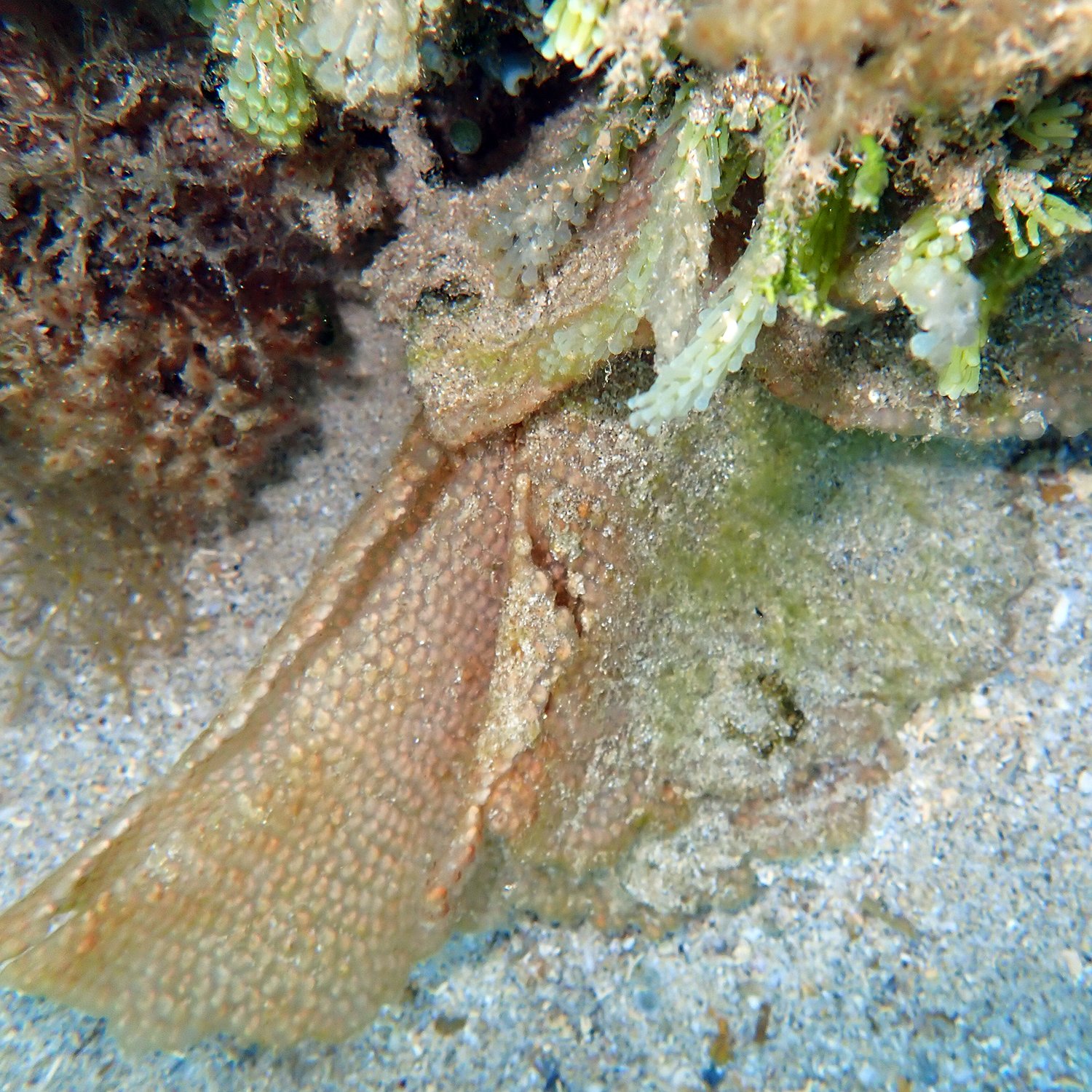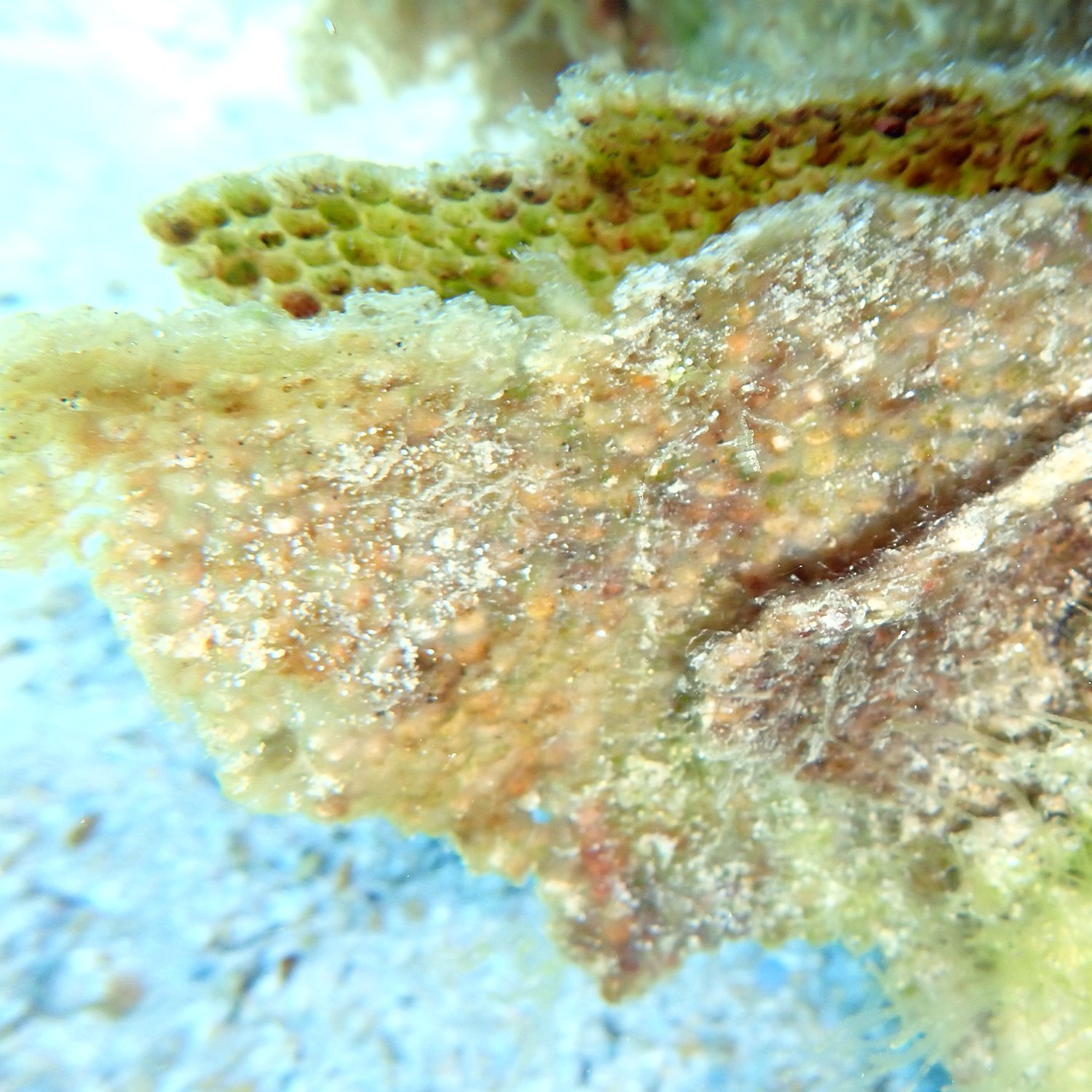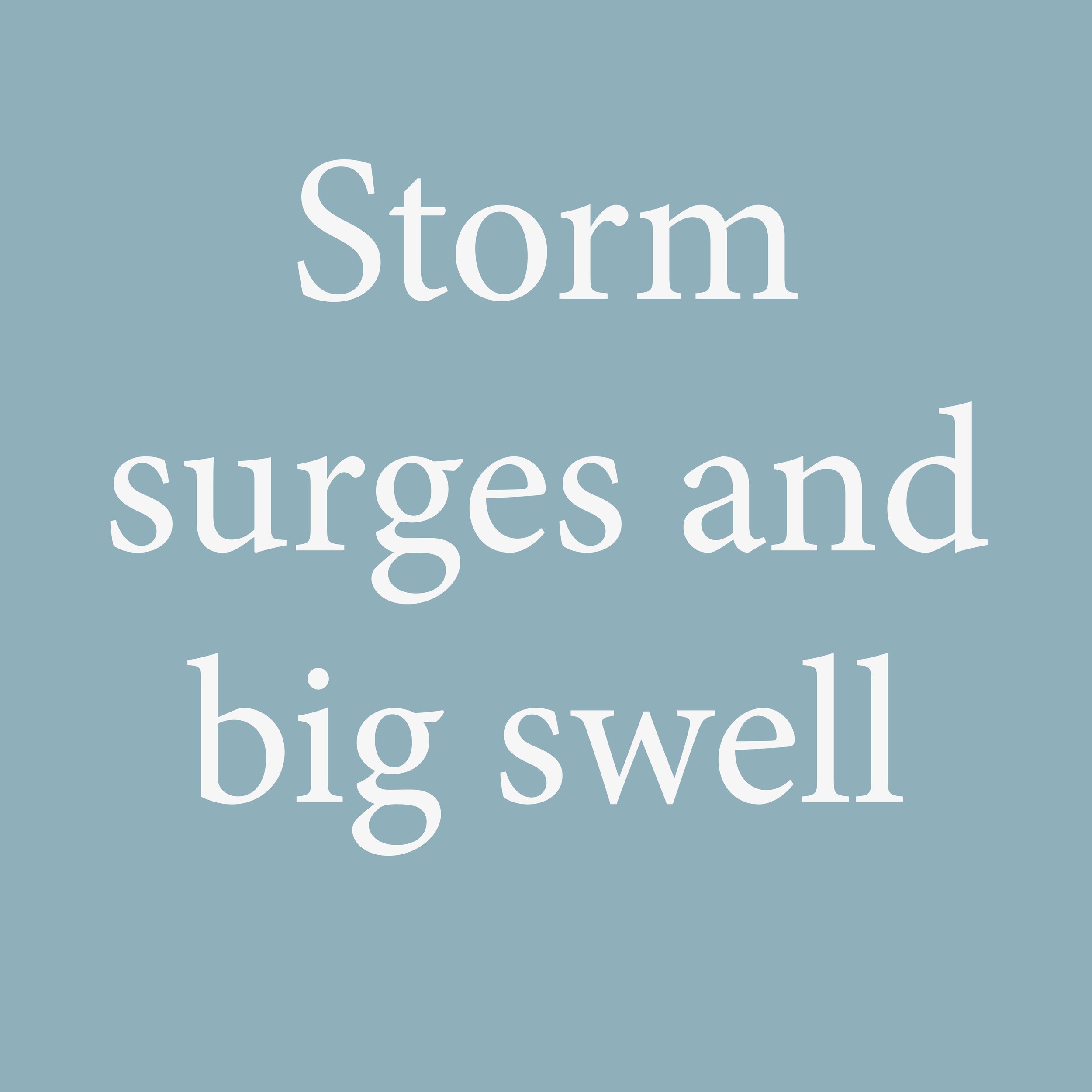I’ve written about the black-mouthed tun snail – a giant sea snail – found in the lagoons on Norfolk Island before on this blog, in an article titled Citizen science in action on Norfolk Island. In that article I republish a paper co-authored with tun-snail expert Chris Vos, originally published in the Royal Belgian Society for Conchology called Gloria Maris on 31 December 2021.
I’ve been following these tuns in our lagoons with interest. They are a rare sight and I can only confidently identify two individuals of this species; however, that doesn’t mean to say there aren’t more, but this is all I’ve seen. You can find additional photos of this amazing animal on the Everything Else page of this website – keep scrolling down until you find them.
Tun snail eggs tucked under a small rock in Emily Bay
On 13 October 2022, I witnessed a mature black-mouthed tun snail in Emily Bay at around 6.30 am. About 7 or 8 metres away from the snail I found a newly laid egg mass tucked beneath a small rock (see photograph, right). As these tun snails are a rare, I think I am safe in saying that this one is the likely culprit responsible.
I decided to follow the eggs and record them as they developed. In the early photographs you can see the neat rows of capsules. You can follow the sequence as they gradually deteriorate due of wave action and algal growth. After six weeks of carefully watching (with some very poor visibility on some days, hence the gaps in photographs) we experienced some wild weather with huge surf and swells. The following day the capsules had detached and disappeared.
I’ve looked for research papers on this snail’s reproductive cycle without any luck apart from one paper on a relative, Tonna galea. The development of its eggs were recorded in captivity. These became free-swimming veligers* in the water column after 34 days. Sadly, I don’t know if any of my tun snail’s embryos were released into the water column before the mass dislodged. And I don’t even know how long they would take to get to that stage because so little research has been done.
I emailed Chris Vos to tell him of the sighting. To say we were both like excited expectant parents is an understatement, so it’s a shame the sequence came to an inconclusive end.
I don’t believe this has been recorded in this species before, and certainly not in the wild.
* A veliger is the final planktonic larval stage of some molluscs.




